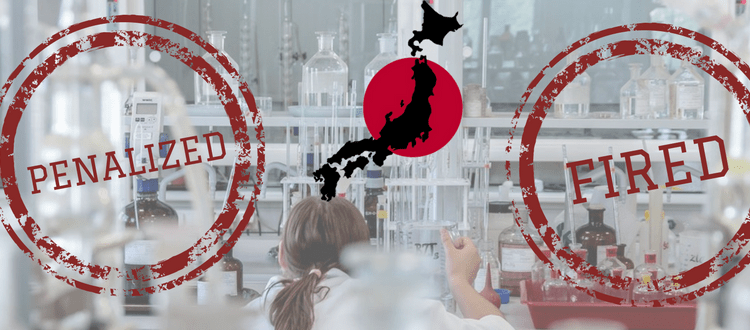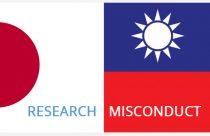Japanese Nobel Laureate Penalized, Researcher Fired!

Scientific misconduct has laid its paws again on the academic community, this time in Japan. The author of the disputed stem cell paper, also a researcher at Kyoto University, Japan, has been dismissed. The investigations proved him guilty of falsifying and fabricating all of the figures in the paper. The journal has retracted the paper earlier in March. As of now, it was fine. What has shocked the academic community more is that the director of the institute, who is also a Nobel laureate, has also been penalized by the university. However, the penalty imposed on Dr. Shinya Yamanaka, the Director of CiRA, is still unknown. But this event has definitely shook the academic community. Let us learn about the misconduct in details.
Shocking News in Stem Cell Research
Medical research experienced a major breakthrough in 2006 when Dr. Shinya Yamanaka (Yamanaka Shinya) and his team discovered the conversion of mature cells back to stem cells. This discovery launched a flurry of research and keen interest in the new field of induced pluripotent stem (iPS) cells. It paved the way towards viable medical therapies. Dr. Yamanaka went on to organize the Center for iPS Cell Research at Kyoto University. Thus, his name became globally recognized in the field of stem cell research.
The prestige of Yamanaka and his research program faced controversy early this year. A researcher at CiRA, Kohei Yamamizu, faced the allegations of creating fraudulent images within a paper published in the journal Stem Cell Reports. The paper, which had been published in March 2017, had been retracted. Yamanaka – although not involved in any way in this case of scientific misconduct – had publicly apologized and taken full responsibility. He even suggested donating his salary to recompense for the funding of the questionable research. He had suggested that he might resign from his position as Director of CiRA if asked to.
The investigation suggested image manipulation. The data used to make these figures did not match the original data set. As a result of these modifications, the manuscript no longer supported its main conclusion. Kohei Yamamizu was therefore found guilty of scientific misconduct. Kyoto University fired him and penalized the Director of CiRA on the grounds of negligence. Dr. Yamanaka, keeping his word, would donate voluntarily to the iPS Cell Research Fund. He has also assured to conduct better preventive measures against scientific misconduct.
Scientific Misconduct: A Global Problem
Scientific misconduct is indeed a global problem. In recent years, several cases of misconduct came up, in Germany (at the Fritz Lipmann Institute), in Sweden, and in the United States (at Harvard University). The number of cases of scientific misconduct are on the rise and so are the instances of them coming to light.
Can there be any positive outcomes from these cases of misconduct? One positive outcome is the reinforcement of the importance of the foundations of peer review in science. Long-standing traditions in science, such as open criticism of published findings, replication of lab results, and third-party investigation, are what make it possible to uncover fraudulent or sloppy work.
Pre-publication checks can detect both honest mistakes and intentional frauds. Confirmatory studies prior to submission to the publisher or the sharing preliminary results on open access forums can stop erroneous results from reaching the academic press and damaging careers and institutions. Ultimately, the burden is on the individual researchers, their supervisors, and department chairpersons to instill high standards of research ethics and work against the enormous pressure to publish breakthrough research. The step taken by Dr. Yamanaka is an admirable example of leadership. The change needed in scientific culture today needs to come from the top.
Do you agree to the university’s decision of penalizing the director of the institute? Please let us know your thoughts in the comments section below.









